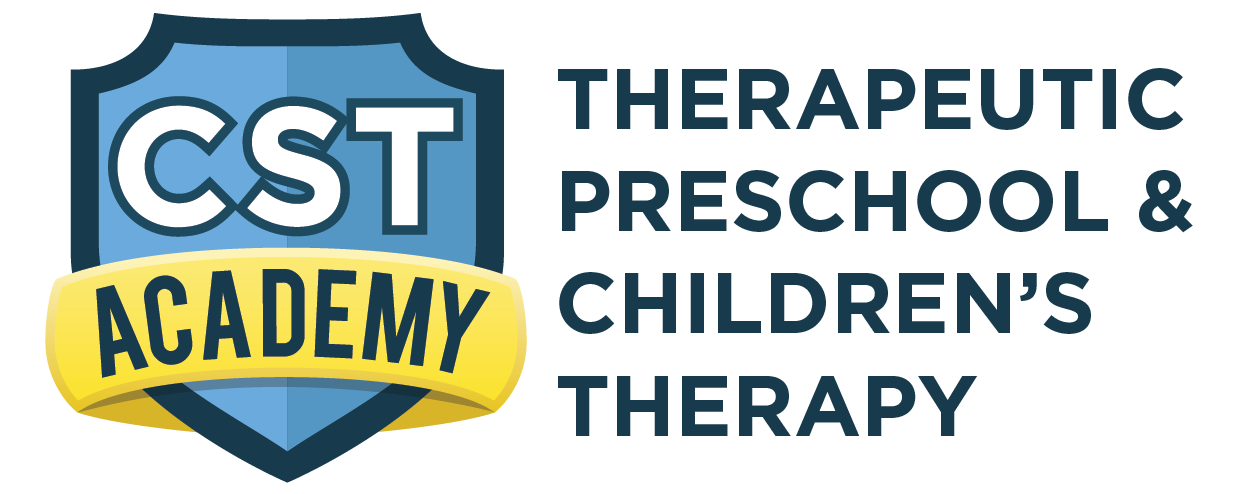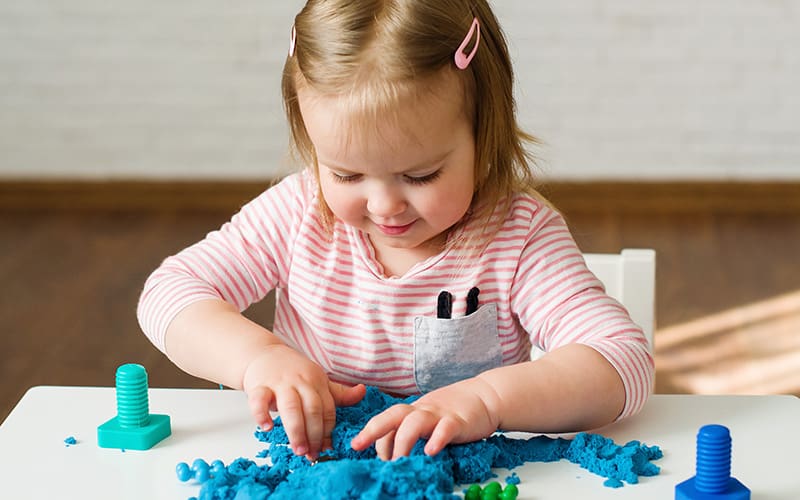Sensory integration plays a pivotal role in the development of children, particularly those with autism and diverse learning needs. Recognizing its significance, CST Academy offers a unique, therapeutic approach aimed at enhancing sensory processing abilities. This blog explores how our academy utilizes sensory integration as a foundation for fostering a rich, conducive learning environment for every child.
Understanding Sensory Integration
Sensory integration involves processing and organizing sensory information from the world around us, crucial for learning and performing daily activities. For children with autism or sensory processing disorders, challenges in integrating this information can impact learning and interaction. CST Academy addresses these challenges head-on, creating personalized strategies to support each child’s sensory development.
CST Academy’s Sensory Integration Techniques
- Tailored Sensory Activities: We implement a variety of sensory-rich activities tailored to meet the individual needs of our students. From tactile exploration with different textures to auditory discrimination games, our activities are designed to stimulate sensory processing in a fun, engaging manner.
- Integrated Therapeutic Approaches: Our multidisciplinary team, including occupational therapists and speech-language pathologists, incorporates sensory integration strategies into therapy sessions. This holistic approach ensures that sensory processing improvements are intertwined with cognitive, motor, and language development.
- Sensory-Friendly Learning Environment: CST Academy prides itself on offering a sensory-friendly environment that minimizes overstimulation while promoting sensory learning. Our classrooms and therapy spaces are designed with sensory needs in mind, providing a safe and supportive setting for all children.
- Parental Involvement and Education: We believe in the power of partnership with parents. CST Academy offers workshops and resources to help families understand sensory integration and implement supportive strategies at home, reinforcing the learning and development happening at our academy.
Impact of Sensory Integration at CST Academy
The integration of sensory processing strategies has led to remarkable outcomes. Children at CST Academy show improvements in attention, communication, social interactions, and overall learning. By addressing sensory integration needs, we unlock new pathways for our students to explore, learn, and grow.
Sensory integration is more than just a method at CST Academy; it’s a principle that underpins our approach to education and therapy for children with diverse learning needs. Our dedicated team’s commitment to sensory-friendly practices ensures that every child has the opportunity to reach their fullest potential in a supportive, understanding environment.













